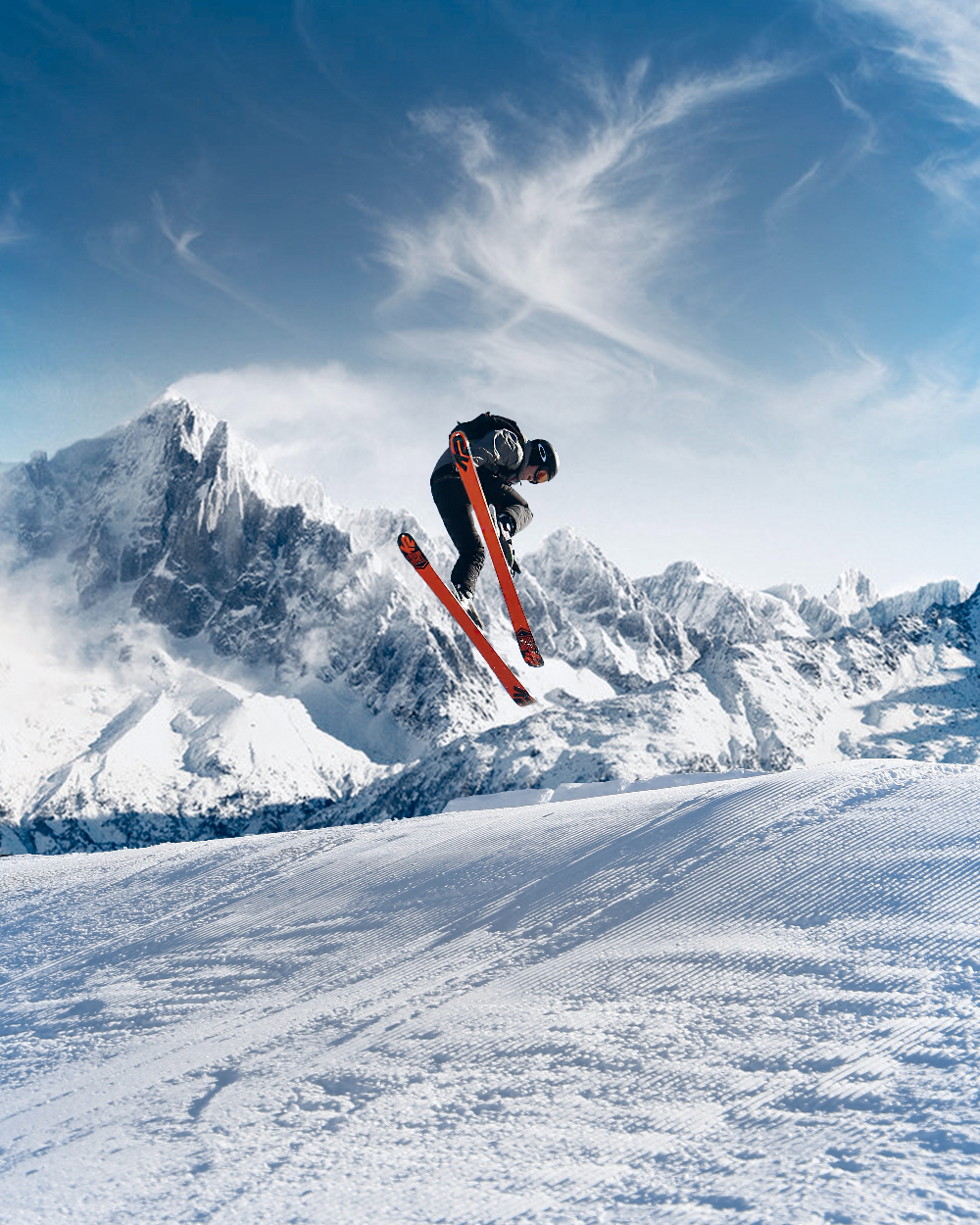Study finds link between exercise and the onset bipolar disorder.
A study published in the International Journal of Bipolar Disorders has found an association between physical activity (i.e., skiing) and the long-term diagnosis of bipolar disorder. The years-long study, published in November, compared people who had participated in a long-distance ski race with an age- and sex-matched general population. With a follow-up period of up to 21 years, researchers found that among those who participated in the race, there was a lower incidence of bipolar disorder compared with the general population.
The study included those who participated in the world’s largest long-distance, cross-country ski race, the Swedish Vasaloppet, between 1989 and 2010. It found that both men and women who had participated in the race had a 50% lower incidence of bipolar disorder compared to the general population. The study did not control for other lifestyle factors, such as smoking and diet, and it did not measure physical activity outside the skiers’ participation in the race. The number of participants in the study — including skiers and the general population — totaled nearly 400,000.
Researchers cautioned that the study did not show causation between exercise and the risk of a bipolar disorder diagnosis — only an association and exclusively focusing on skiing. They noted that the positive effects of exercise on depression and anxiety disorders are much better understood. They advised that further studies are needed to examine a link between exercise and bipolar disorder.

Bipolar disorder is a complex mental health diagnosis that includes extreme shifts in moods from depression to hypo-mania (bipolar I) or mania (bipolar II). During mood “highs,” especially mania, Bipolar disorder can cause feelings of invincibility, racing thoughts, sleeplessness, delusions, and extreme and unpredictable behaviors. The condition is treated with medication and therapy but is often chronic and lifelong. It is estimated that 2–4% of the population has a type of bipolar disorder. It has been linked to lower life expectancy, adverse cardiovascular conditions, and increased risk of suicide.
While studies have found that exercise has beneficial effects for depression, the benefits for bipolar disorder are less clear. One study found that exercise eased hypo-manic symptoms (which are less severe than mania) and helped people sleep better. It also found that exercise could exacerbate mania in some bipolar patients. Another study of overweight people with bipolar disorder had similar results — a program of nutrition, wellness and exercise seemed to exacerbate mania in some candidates. A 2015 literature review in Frontiers in Psychology said further studies are needed to examine the effects of exercise on hypo-mania and mania. The literature review also looked at several studies on exercise and bipolar disorder and found that, overall, physical activity levels among those diagnosed appear to be lower than the general population. The review also found that few studies have examined the “therapeutic” effects of physical activity on bipolar disorder.
Researchers found one interesting caveat in the Swedish study. The skiing speed of male racers had no effect on their risk of a bipolar diagnosis. However, the fastest female skiers had more than double the chance of having bipolar disorder than slower skiers. Researchers said this may indicate that an optimal level of exercise may be different for men and women.
The study is the largest population-based study of this nature to date, researchers said.
Sources:
How Can Exercise Help Bipolar Disorder?
A brief review of exercise, bipolar disorder, and mechanistic pathways


Join the conversation!